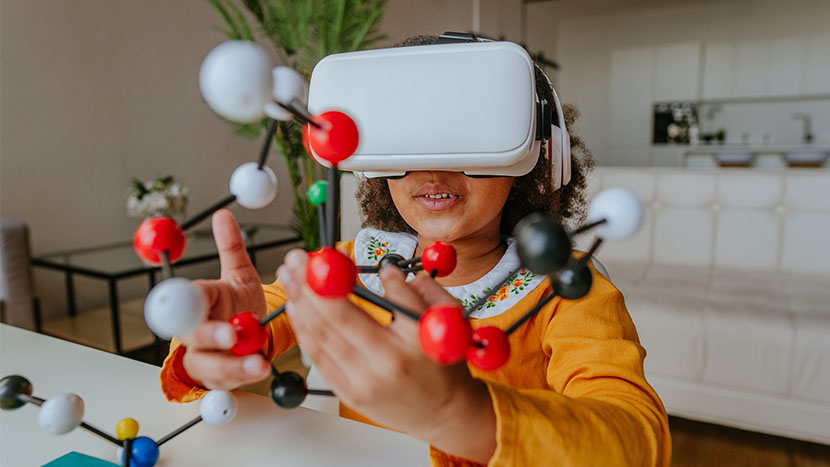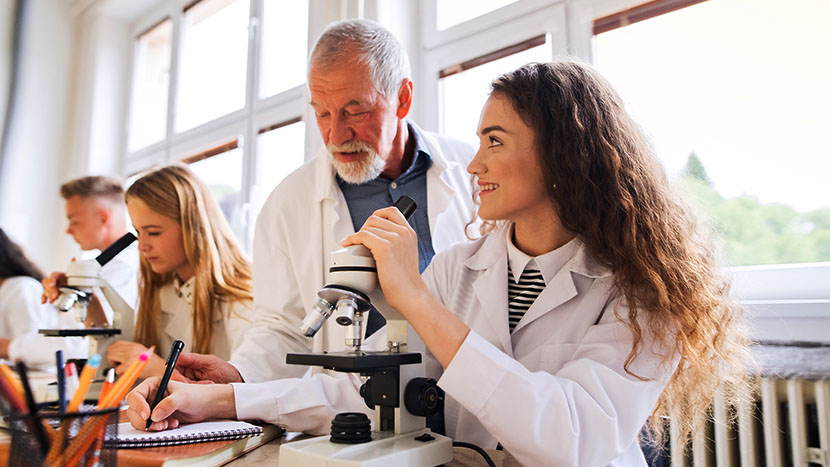Science Teacher-Student Inquiry and the Scientific Method Core
As an experienced scientist, teacher, writer, and consultant, it is easy to see why some students and teachers have trouble with science – they miss the fundamentals and the basics and get lost in the complicated jargon, definitions, and concepts.
Additionally, with the pressure of multiple assignments and deadlines, students may not always have the luxury of time to ensure such thoroughness. This is where many will feel like they need to get college papers written by professional services comes into play.
These services offer assistance in writing high-quality, custom college papers that adhere to academic integrity. However, wouldn’t it be better if the students were confident enough to write the papers themselves? This is why understanding the scientific method early on is crucial.

Whatever the science subject is – astronomy, biology, chemistry, geography, geology, meteorology, or physics – it is essential to start at the beginning and build the science foundation first. The rest of the “science building” follows much more easily after an excellent foundation.
Science Teachers Teach Inquiry by Scientific Method
The first rule is to teach the scientific method and to teach it well. Students need to see how science works and how the scientific method is used across several disciplines. Students must learn to think, explore, experiment, and engage in reasonable scientific inquiry.
Teachers should first teach the scientific method of inquiry and creative thinking. During this process, teachers must show their students how joint scientific inquiry focuses, channels good thinking, provides answers, and creates new questions. In geography, for example, simple “blind” globe experiments work well for students to present hypotheses and experiments. Geography-contoured puzzle maps teach students to think about shapes, sizes, and locations of objects and things as scientists do in many disciplines. Plant experiments permit students to see plants grow, develop structures, and even flower and form seeds.
The four basic steps of the scientific method are:
Observe – an event, mystery, a sight, a sound, an odor, a phenomenon.
Hypothesize – offer a possible explanation for the observation that experimentation can test.
Experiment – test the hypothesis using studies that generate data to prove or disprove the theory.
Reach Conclusions based on the gathered experimental data that either proves or disproves the hypothesis; i.e., scientists affirm or deny the idea – the scientists reach one or more conclusions.
Science Teaching is Scientific-Method-Derived Knowledge
How does scientific thinking differ between a chemist and a biologist, an astronomer and a geologist, or a physicist and a meteorologist? The answer is that scientific thinking is fairly similar among scientists. This is because all scientists use the scientific method in their various research disciplines (specialty sciences), they will use the abovementioned steps.
According to EssayPay on Facebook, the materials scientists work with are usually different, the tools and instruments are often various, and the type of experiments will differ, but the scientific thinking steps are the same. Each scientist seeks scientific truths, facts, and hidden concepts that must be discovered.
Teaching the scientific method is important because it reminds science students that this stepwise, logical process always obtains the facts taught. What experiments were done to discover this or prove that? Can anyone think of an experiment that might solve the problem? These types of questions should be routine. Answers to some questions have not been known or found in any book. These questions without answers may be awaiting solutions from young scientists yet to come who are being taught by some science teachers in class this day.
Science Teaching and Learning is Based on Proven Facts, Theories, Laws
The world around us is a world of science. Therefore, it is essential to learn and know science. Science is defined as an organized body of knowledge obtained using the scientific method. The scientific method yields facts, theories, and laws of science.
Some taught and learned science is basic science (knowledge sought for the sake of just knowing). What is matter, what is an atom, what are the parts of a cell, how do clouds form? What is lightning, force, motion, friction, heat, and light? These are foundational questions with known answers.
However, many other questions and hypotheses are being investigated. Can scientists do controlled nuclear fusion reactions to generate useful, continuous, and prolonged energy? Are human activities causing global warming, or is this a natural cycle? What is the best form of green energy? Does this new medicine relieve pain and improve a person’s health? These are just a few applied science investigations scientists do to help people and the planet.
So, what message do we take away from all these thoughts? Learn the scientific method well, and then see and learn how the facts, concepts, and definitions fit into that world of scientific discovery. And remember to have some fun along the way — that is another part of science that some people forget!

































































































